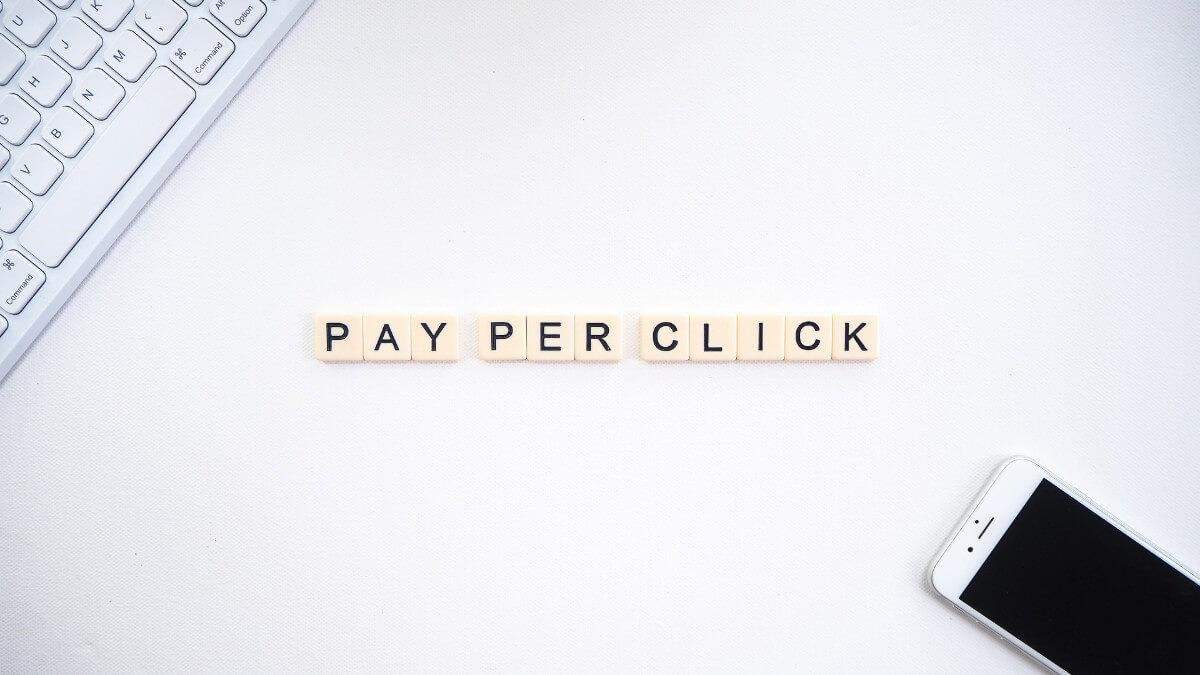
If you've been on the Google Ads platform this month, you may have noticed there is a metric missing. Google Ads has done away with reporting the average position metric as of September 30, 2019. This was a popular metric for determining where your paid ads were positioned in search results.
So, what now?
While the average position was a tangible metric, Google has introduced two new metrics in its place: search top impression rate and impression absolute top rate. While they are not apples to apples, these two metrics can help fill the void of average position.
According to Google, the definition of a search top impression rate is "the percent of your impressions that are shown anywhere above the organic search results." Usually these are the top four spots on a Google search results page.
In comparison, search absolute top impression rate is "the percent of your impressions that are shown as the very first ad above the organic search results." At Addison Clark, we call this the vanity position. There's really not a need to pay for this often-coveted spot when studies have shown that as long as you appear in the top four positions, your click-through rates will be just as good as the number one spot. Because of the high cost of the #1 position, your cost-per-click will also be much more if you're bidding for this position.
These metrics are now reported as percentages rather than positions, so that's where things get tricky. What is considered a "good" search top impression rate? We have been tracking this change for a while and have found that an impression rate around 60% seems to be the sweet spot (although this will vary depending on client and industry).
The best way to see how all of this affects your campaign is to look at past data. We reviewed our clients' campaigns from the previous six months to see where their average position was and then used that timeframe in Google Ads to compare the average position (which we liked to see between a 2 or 3) to what that translated to with search top impression rate. It's not an exact science, but it will give you some comparative metrics to work with.
Google products are constantly evolving and ad metrics are just the latest update. If you're feeling overwhelmed by ad metrics and percentage rates, give us a call!


